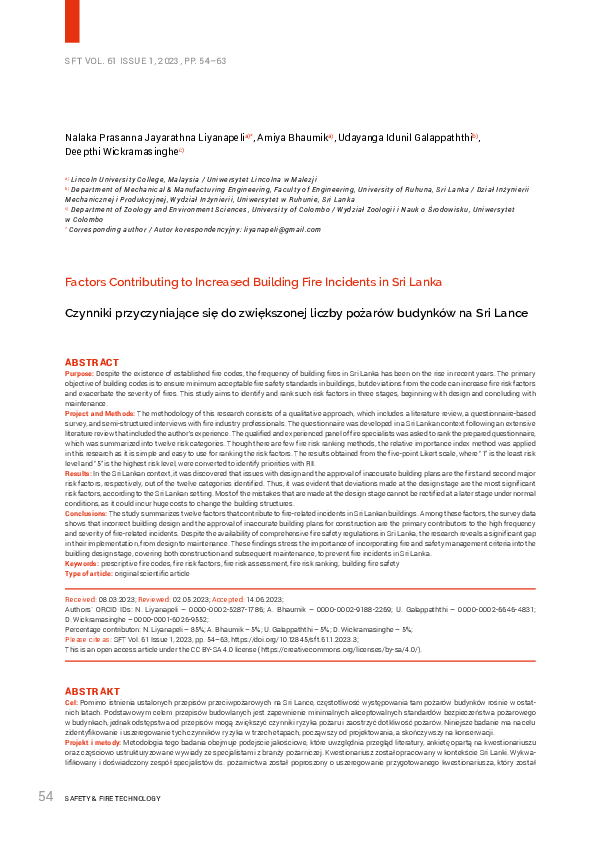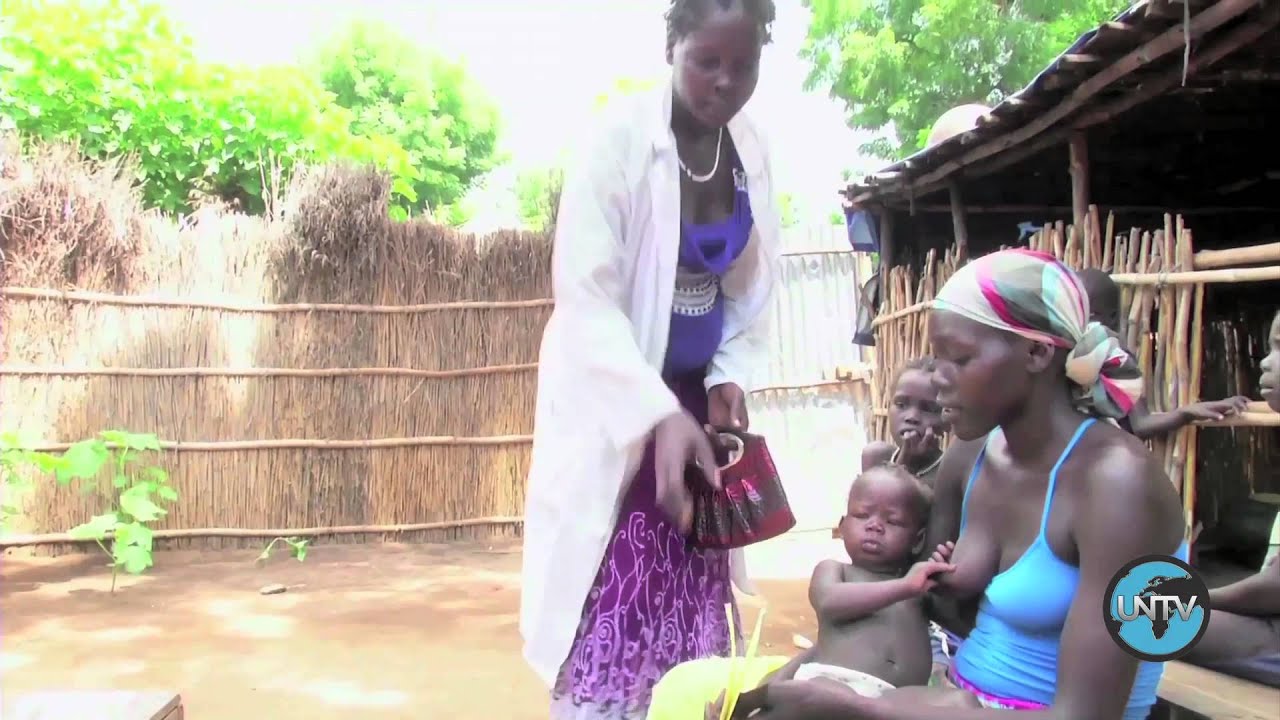The Rise Of Femicide: Exploring The Factors Contributing To Increased Incidents

Table of Contents
Societal and Cultural Norms Perpetuating Gender Inequality
Deeply ingrained societal norms that normalize male dominance and female subordination are significant contributors to violence against women, ultimately fueling the rise of femicide. This inequality manifests in various ways, creating an environment where violence is not only tolerated but sometimes even condoned.
Gender Stereotypes and Power Imbalances
Harmful gender stereotypes often portray women as submissive and men as dominant, reinforcing power imbalances that legitimize violence. This pervasive messaging creates a culture where women are seen as less valuable and their lives less significant.
- Examples of harmful gender stereotypes: The portrayal of women as overly emotional or weak, the expectation of women to be subservient to men, the normalization of catcalling and sexual harassment.
- The impact of patriarchal structures: Traditional patriarchal structures, where men hold primary power in families and society, create an environment where violence against women is more likely to occur. These structures often limit women's access to resources and opportunities, making them more vulnerable.
- The normalization of violence in media and culture: The frequent depiction of violence against women in media, often without consequence for the perpetrators, desensitizes audiences and normalizes such behavior.
Statistics consistently show a strong correlation between gender inequality and femicide rates. Countries with higher levels of gender inequality often experience higher rates of femicide. Furthermore, honor killings and other culturally-driven forms of violence against women are stark examples of how deeply rooted cultural norms can contribute to this horrific crime.
Lack of Legal Protection and Enforcement
Weak legal frameworks and ineffective enforcement significantly hamper efforts to combat femicide. Even when laws exist to protect women from violence, their implementation often falls short due to various systemic failures.
- Examples of weak laws: Inadequate legislation that doesn't adequately address gender-based violence, insufficient penalties for perpetrators, lack of specific laws addressing femicide.
- Lack of access to justice for victims: Many women lack access to justice due to fear of retaliation, lack of support from law enforcement, or a lack of faith in the judicial system.
- Police bias and corruption: Police bias and corruption can further exacerbate the problem, leading to underreporting and a lack of accountability for perpetrators.
Case studies from around the world illustrate the devastating consequences of failing to protect women. The lack of effective legal mechanisms allows perpetrators to act with impunity, perpetuating a cycle of violence. Strong legislation, coupled with effective implementation and judicial processes, is crucial to holding perpetrators accountable and preventing future femicide.
The Role of Violence and the Normalization of Aggression
The escalating nature of violence, often starting with domestic abuse and culminating in femicide, highlights a critical link between seemingly minor incidents and ultimately deadly consequences. The normalization of aggression, both in personal relationships and society at large, contributes to this tragic escalation.
Domestic Violence as a Precursor to Femicide
Domestic violence is a significant predictor of femicide. A majority of women murdered by intimate partners experience prior abuse, demonstrating the escalation from intimate partner abuse to lethal violence.
- Statistics on domestic violence and its connection to femicide: Research consistently shows a direct correlation between domestic abuse and femicide, highlighting the urgent need for intervention.
- Cyclical nature of abuse: The cyclical nature of domestic violence, with periods of escalation and de-escalation, often leads to a final, fatal act.
- Signs of escalating violence: Recognizing the signs of escalating violence, such as increased frequency of abuse, the introduction of weapons, or threats of homicide, is vital for intervention and prevention.
Early intervention and support for victims of domestic violence are critical in preventing femicide. Providing resources, shelter, and counseling can help break the cycle of abuse and protect women's lives.
The Influence of Violent Media and Societal Acceptance of Aggression
Exposure to violent media, particularly those that normalize or glorify violence against women, may contribute to desensitization and the acceptance of such behavior.
- Examples of harmful media representation: Movies, television shows, video games, and online content that portray violence against women without critical analysis or consequence.
- Normalization of aggression towards women in popular culture: The pervasive presence of misogynistic attitudes and behaviors in popular culture can contribute to the normalization of violence against women.
Research explores the correlation between media consumption and violent behavior. While a direct causal link is complex, the potential influence of violent media on attitudes and behaviors towards women should not be overlooked. Promoting responsible media consumption and challenging harmful representations are crucial steps towards creating a safer society.
Economic Factors and Social Disadvantage
Economic hardship and social disadvantage disproportionately affect women, increasing their vulnerability to violence. This vulnerability is a significant factor contributing to the global rise of femicide.
Poverty, Unemployment, and Economic Dependence
Poverty and unemployment can leave women economically dependent on their partners, making it harder for them to leave abusive relationships and increasing their risk of femicide.
- Statistics linking poverty and femicide: Studies often reveal a correlation between poverty rates and femicide rates, highlighting the economic vulnerability of women.
- Economic vulnerability and its impact on women's safety: Economic dependence can limit a woman’s options, leaving her trapped in abusive situations and increasing the risk of lethal violence.
Economic empowerment programs can play a significant role in preventing femicide by providing women with financial independence and opportunities.
Lack of Access to Education and Resources
Limited access to education, healthcare, and support services further marginalizes women, limiting their ability to escape abusive situations and increasing their vulnerability.
- The impact of illiteracy and lack of access to healthcare and support services on women's safety: Illiteracy and lack of access to essential services leave women more isolated and less able to seek help.
- The importance of education and empowerment for women's safety: Education empowers women, allowing them to make informed decisions about their lives and access resources for protection.
Investing in women's education and providing access to vital resources are crucial steps toward creating safer and more equitable societies, reducing the risk of femicide.
Conclusion
The rise of femicide is a complex issue stemming from a confluence of societal, cultural, and economic factors. Addressing this global crisis requires a multi-pronged approach encompassing legal reforms, tackling gender inequality, challenging harmful cultural norms, and providing robust support for victims of violence. We must proactively combat the normalization of violence against women through education, media awareness, and community engagement. Only through collaborative efforts and a concerted commitment to gender equality can we effectively prevent femicide and create safer communities for women everywhere. Let's work together to stop femicide and build a future free from violence against women. Learn more about the fight against femicide and how you can contribute to ending this devastating global issue. Join the movement to end femicide and create a world where all women are safe and valued.

Featured Posts
-
 Wwe Raw The Brutal Assault On Sami Zayn By Rollins And Breakker
May 21, 2025
Wwe Raw The Brutal Assault On Sami Zayn By Rollins And Breakker
May 21, 2025 -
 Guilty Plea Lab Owner Falsified Covid Test Results During Pandemic
May 21, 2025
Guilty Plea Lab Owner Falsified Covid Test Results During Pandemic
May 21, 2025 -
 Tyler Bate Returns To Wwe Raw Match Predictions And Analysis
May 21, 2025
Tyler Bate Returns To Wwe Raw Match Predictions And Analysis
May 21, 2025 -
 Clean Energys Fight For Survival Challenges And Triumphs
May 21, 2025
Clean Energys Fight For Survival Challenges And Triumphs
May 21, 2025 -
 Metagrafi Giakoymaki Endiaferon Apo Omades Tis Los Antzeles
May 21, 2025
Metagrafi Giakoymaki Endiaferon Apo Omades Tis Los Antzeles
May 21, 2025
